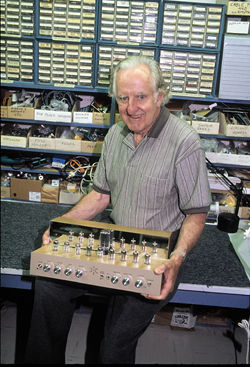paulisdead
Member
- Joined
- May 1, 2004
- Messages
- 30
I've been trying to find answer to this one, so I'll throw it to the forum:
What is the difference between Dolby Surround (the 2014 incarnation) and Dolby Pro Logic II in terms of channel placement? I'm thinking of buying a new AV receiver and most are now Dolby Surround only.
Also, how well does Dolby Surround (2014) decode older VHS/DVD/LD content recorded in Dolby Surround?
Has anyone here had any experience with this?
What is the difference between Dolby Surround (the 2014 incarnation) and Dolby Pro Logic II in terms of channel placement? I'm thinking of buying a new AV receiver and most are now Dolby Surround only.
Also, how well does Dolby Surround (2014) decode older VHS/DVD/LD content recorded in Dolby Surround?
Has anyone here had any experience with this?




